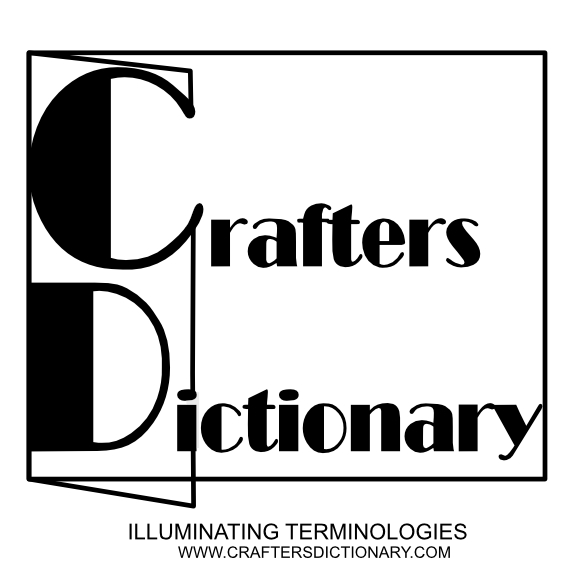
Berries Photo credit: Maria Roosen
Maria Roosen lives and works in a former military base on the outskirts of Arnhem, a small city in the Netherlands, near the German border. She bought the building that she, three friends and her partner Jan Broekstra, a ceramic artist, are currently restoring.
Before we go to her studio, we swing by MMK, the local museum, to see a large, outdoor glass branch of apparently supersized currants that look like pendulous breasts. We then detour to her partner’s studio to look at the large project Roosen is currently working on for the MST Hospital in Enschede. Her inspiration is Monet’s painting of Bridge Over a Pond of Water Lilies, in Giverny.
She has translated this painted image into a real bridge that will hang high in the atrium of the hospital, its glass lily-pads, carrots, hearts, pearls and frogs fabricated in the Czech Republic, and the steel frame constructed in Arnhem.
Roosen was born in 1957 in Oisterwijk near Tilburg, “in the needle woods”, she tells me. Her brother is a forest manager and supplies the silver birch trees that she has used in various sculptural projects – knitting coats some and attaching glass bubbles to others. She tells me cheerfully that “I do textiles, knitting, ceramic, glass, embroidery and watercolour: all those things that are not the ‘real things’.”
When we arrive at her studio, her knitter, Caroline, is already industriously working at one end of the light, bright room. Today she is knitting phalluses, in various shades of pink, to cover a small stool, a piece for Roosen’s forthcoming show. Roosen has always worked with collaborators – initially starting her knitting projects with her mother. “My formula is simple: 1 + 1=3”. She has explored embroidery using Nepalese embroiderers to translate her watercolours into colourful needlework pictures, transformed in the process by their expertise. Her glass pieces rely on master glass-makers in the Czech Republic, although she closely oversees the process.
Many of her projects start as watercolours and are then fabricated into objects in collaboration with others. Roosen lost her first partner in 1984 when he died suddenly of a heart attack. She made several works almost as therapy, including a large sewn hanging. “It helped me through this painful time. The machine was very helpful. It helped draw me forward.” She describes the process of drawing a thin straight line from top to bottom on her sewing machine and then starting another line as close as possible to it. She worked on it for hours and hours for months, admitting that the concentration needed, as well as the machine, propelled her. This is a work for which she could not have had collaborators, nor repeat. “Some jobs you have to do for yourself. I don’t dare to ask anyone to do it.”
Source: http://www.independent.co.uk/arts-entertainment/art/features/maria-roosen-artist-i-do-textiles-knitting-all-those-things-that-are-not-the-real-things-10505733.html

